Wawat
« The Stela of the Viceroy Usersatet (Boston MFA 25.632), his Shrine at Qasr Ibrim, and the Festival of Nubian Tribute under Amenhotep II »
ENiM 7, 2014, p. 239-276.
 La stèle de Semna, du vice-roi de Nubie de la XVIIIe dynastie, Ousersatet, consigne un conseil donné par Amenhotep II à son vice-roi sous la forme d’une copie monumentale de la transcription personnelle du roi de son propre décret royal à Ousersatet. Le décret fut promulgué durant une fête célébrant l’accession royale, à une date secondaire, apparemment pour lier l’accession royale à la fête k?-?r-k?, à l’image de Ramsès III qui, plus tard, célébrera à la fois son accession et une fête de l’accession royale associée à la fête de Néhebkaou. Dans ce texte, Amenhotep II conseille Ousersatet quant aux interactions des Égyptiens et Nubiens avec l’administration du vice-roi et éclaire un peu les relations entre le roi, le vice-roi et les membres nubiens de la bureaucratie égyptienne du sud. La nature apparemment obscure et poétique du conseil royal et le manque de clarté quant à la situation d’Amenhotep II lorsqu’il le prodigue expliquent l’attention portée à ce texte, mais un certain manque de rigueur dans l’interprétation a obscurci plusieurs analyses de l’inscription. Un nouveau collationnement et un examen du texte de la stèle révèlent qu’Amenhotep II aborde apparemment la question de l’intégration croissante, par le vice-roi, de Nubiens dans les niveaux les plus élevés de l’administration du sud. Amenhotep II utilise une formule apparemment proverbiale qui fait référence à la transmission de l’autorité plus ancienne du vice-roi aux plus grandes divisions de la bureaucratie, et à la création d’un équivalent nubien du vice-roi, ce dernier restant néanmoins le primus inter pares de l’administration.
La stèle de Semna, du vice-roi de Nubie de la XVIIIe dynastie, Ousersatet, consigne un conseil donné par Amenhotep II à son vice-roi sous la forme d’une copie monumentale de la transcription personnelle du roi de son propre décret royal à Ousersatet. Le décret fut promulgué durant une fête célébrant l’accession royale, à une date secondaire, apparemment pour lier l’accession royale à la fête k?-?r-k?, à l’image de Ramsès III qui, plus tard, célébrera à la fois son accession et une fête de l’accession royale associée à la fête de Néhebkaou. Dans ce texte, Amenhotep II conseille Ousersatet quant aux interactions des Égyptiens et Nubiens avec l’administration du vice-roi et éclaire un peu les relations entre le roi, le vice-roi et les membres nubiens de la bureaucratie égyptienne du sud. La nature apparemment obscure et poétique du conseil royal et le manque de clarté quant à la situation d’Amenhotep II lorsqu’il le prodigue expliquent l’attention portée à ce texte, mais un certain manque de rigueur dans l’interprétation a obscurci plusieurs analyses de l’inscription. Un nouveau collationnement et un examen du texte de la stèle révèlent qu’Amenhotep II aborde apparemment la question de l’intégration croissante, par le vice-roi, de Nubiens dans les niveaux les plus élevés de l’administration du sud. Amenhotep II utilise une formule apparemment proverbiale qui fait référence à la transmission de l’autorité plus ancienne du vice-roi aux plus grandes divisions de la bureaucratie, et à la création d’un équivalent nubien du vice-roi, ce dernier restant néanmoins le primus inter pares de l’administration.
 The Semna stela of the Eighteenth Dynasty Viceroy of Nubia, Usersatet, records Amenhotep II’s advice to his viceroy in the form of a monumental copy of the king’s personal transcription of his own royal decree to Usersatet. The decree was issued during a festival celebrating the royal accession on a secondary date, apparently in order to link the king’s accession to the k?-?r-k? festival, just as Ramesses III later would celebrate both his actual accession and a festival of royal accession associated with the Nehebkau festival. Amenhotep II offers advice to Usersatet regarding interactions of Egyptians and Nubians within the viceregal administration, and shed some light on the interactions of king, viceroy, and Nubian members of the Egyptian bureaucracy in the south. The seemingly obscure and poetic nature of the king’s advice, and the lack of clarity regarding the situation about which Amenhotep II offers his advice, have led to considerable modern attention to the text, but a certain looseness of interpretation has plagued many examinations of the inscription. A new collation of the stela, and an examination of the text, reveal that Amenhotep II was apparently addressing the viceroy’s increasing integration of Nubians into the higher levels of the southern administration. Amenhotep II quotes an apparently proverbial saying that refers to a devolution of earlier viceregal authority into greater divisions of bureaucracy, and the creation of a Nubian counterpart to the viceroy, the latter remaining nevertheless the primus inter pares of the administration.
The Semna stela of the Eighteenth Dynasty Viceroy of Nubia, Usersatet, records Amenhotep II’s advice to his viceroy in the form of a monumental copy of the king’s personal transcription of his own royal decree to Usersatet. The decree was issued during a festival celebrating the royal accession on a secondary date, apparently in order to link the king’s accession to the k?-?r-k? festival, just as Ramesses III later would celebrate both his actual accession and a festival of royal accession associated with the Nehebkau festival. Amenhotep II offers advice to Usersatet regarding interactions of Egyptians and Nubians within the viceregal administration, and shed some light on the interactions of king, viceroy, and Nubian members of the Egyptian bureaucracy in the south. The seemingly obscure and poetic nature of the king’s advice, and the lack of clarity regarding the situation about which Amenhotep II offers his advice, have led to considerable modern attention to the text, but a certain looseness of interpretation has plagued many examinations of the inscription. A new collation of the stela, and an examination of the text, reveal that Amenhotep II was apparently addressing the viceroy’s increasing integration of Nubians into the higher levels of the southern administration. Amenhotep II quotes an apparently proverbial saying that refers to a devolution of earlier viceregal authority into greater divisions of bureaucracy, and the creation of a Nubian counterpart to the viceroy, the latter remaining nevertheless the primus inter pares of the administration.
 Consulter cet article (27195) -
Consulter cet article (27195) -  Télécharger cet article au format pdf (18251)
Télécharger cet article au format pdf (18251)
« Historical Observations on the Military Role of Three Ramesside Viceroys of Kush »
ENiM 11, 2018, p. 33-40.
 Le Vice-roi de Koush (Fils royal de Koush) était un haut fonctionnaire de l’administration impériale égyptienne durant le Nouvel Empire. Les sources textuelles et archéologiques de la période ramesside indiquent que certains vice-rois ramessides ont joué un rôle militaire important durant les règnes de Séthy Ier, Ramsès II et Mérenptah, en maintenant l’autorité politique, économique et militaire de l’Empire ramesside dans ses territoires méridionaux. Ils participèrent aux grandes campagnes militaires ramessides contre la Nubie sous le commandement de leurs rois guerriers afin d’anéantir les révoltes nubiennes dans les régions d’Irem ou de Ouaouat. Ils menèrent également d’autres campagnes par eux-mêmes dans le même but ainsi qu’à des fins politiques ou économiques. Cet article examine et discute ce point afin de mettre en lumière un nouvel aspect de l’impérialisme égyptien en Nubie ramesside.
Le Vice-roi de Koush (Fils royal de Koush) était un haut fonctionnaire de l’administration impériale égyptienne durant le Nouvel Empire. Les sources textuelles et archéologiques de la période ramesside indiquent que certains vice-rois ramessides ont joué un rôle militaire important durant les règnes de Séthy Ier, Ramsès II et Mérenptah, en maintenant l’autorité politique, économique et militaire de l’Empire ramesside dans ses territoires méridionaux. Ils participèrent aux grandes campagnes militaires ramessides contre la Nubie sous le commandement de leurs rois guerriers afin d’anéantir les révoltes nubiennes dans les régions d’Irem ou de Ouaouat. Ils menèrent également d’autres campagnes par eux-mêmes dans le même but ainsi qu’à des fins politiques ou économiques. Cet article examine et discute ce point afin de mettre en lumière un nouvel aspect de l’impérialisme égyptien en Nubie ramesside.
 The Viceroy of Kush (King’s son of Kush) was a high official in the structure of the Egyptian imperial administration during the New Kingdom. The textual and archaeological evidence of the Ramesside Period indicate that some Ramesside viceroys had played a significant military role during the reigns of Sety I, Ramesses II and Merenptah, to support the political, economic and military authority of the Ramesside Empire in its southern territories. They had participated in the major Ramesside military campaigns against Nubia under the command of their warrior kings that aimed to crush any Nubian revolts in the regions of Irem or Wawat. They had also led other campaigns by themselves for the same purpose and for any other political or economic purposes. This paper surveys and discusses this point, in order to shed some light on a new aspect of the Egyptian imperialism in Ramesside Nubia.
The Viceroy of Kush (King’s son of Kush) was a high official in the structure of the Egyptian imperial administration during the New Kingdom. The textual and archaeological evidence of the Ramesside Period indicate that some Ramesside viceroys had played a significant military role during the reigns of Sety I, Ramesses II and Merenptah, to support the political, economic and military authority of the Ramesside Empire in its southern territories. They had participated in the major Ramesside military campaigns against Nubia under the command of their warrior kings that aimed to crush any Nubian revolts in the regions of Irem or Wawat. They had also led other campaigns by themselves for the same purpose and for any other political or economic purposes. This paper surveys and discusses this point, in order to shed some light on a new aspect of the Egyptian imperialism in Ramesside Nubia.
 Consulter cet article (22603) -
Consulter cet article (22603) -  Télécharger cet article au format pdf (16546)
Télécharger cet article au format pdf (16546)
ENiM 15 - 2022
16 article(s) - 25 juillet 2024.
ENiM 1 à 17 (2008-2024) : 217 articles
3 181 908 téléchargements
5 055 623 consulations.
Index des auteurs

Mots clés

Derniers articles : 
TDENiM - Mise en ligne des volumes Ă©puisĂ©s : 
CENiM - Mise en ligne des volumes Ă©puisĂ©s : 
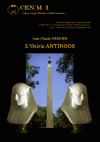 Jean-Claude Grenier L'Osiris ANTINOOS, CENiM 1, Montpellier, 2008 — (26 dĂ©cembre 2008)
Jean-Claude Grenier L'Osiris ANTINOOS, CENiM 1, Montpellier, 2008 — (26 dĂ©cembre 2008) 
 Twitter
Twitter 3272493 visites - 615 visite(s) aujourd’hui - 43 connecté(s)
© ENiM - Une revue d’égyptologie sur internet
Équipe Égypte Nilotique et Méditerranéenne - UMR 5140 - « Archéologie des Sociétés Méditerranéennes » (Cnrs) - Université Paul Valéry - Montpellier III
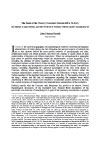
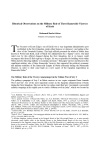
 , šnnw.w / šnn.w, « manoeuvres dormantes »
, šnnw.w / šnn.w, « manoeuvres dormantes »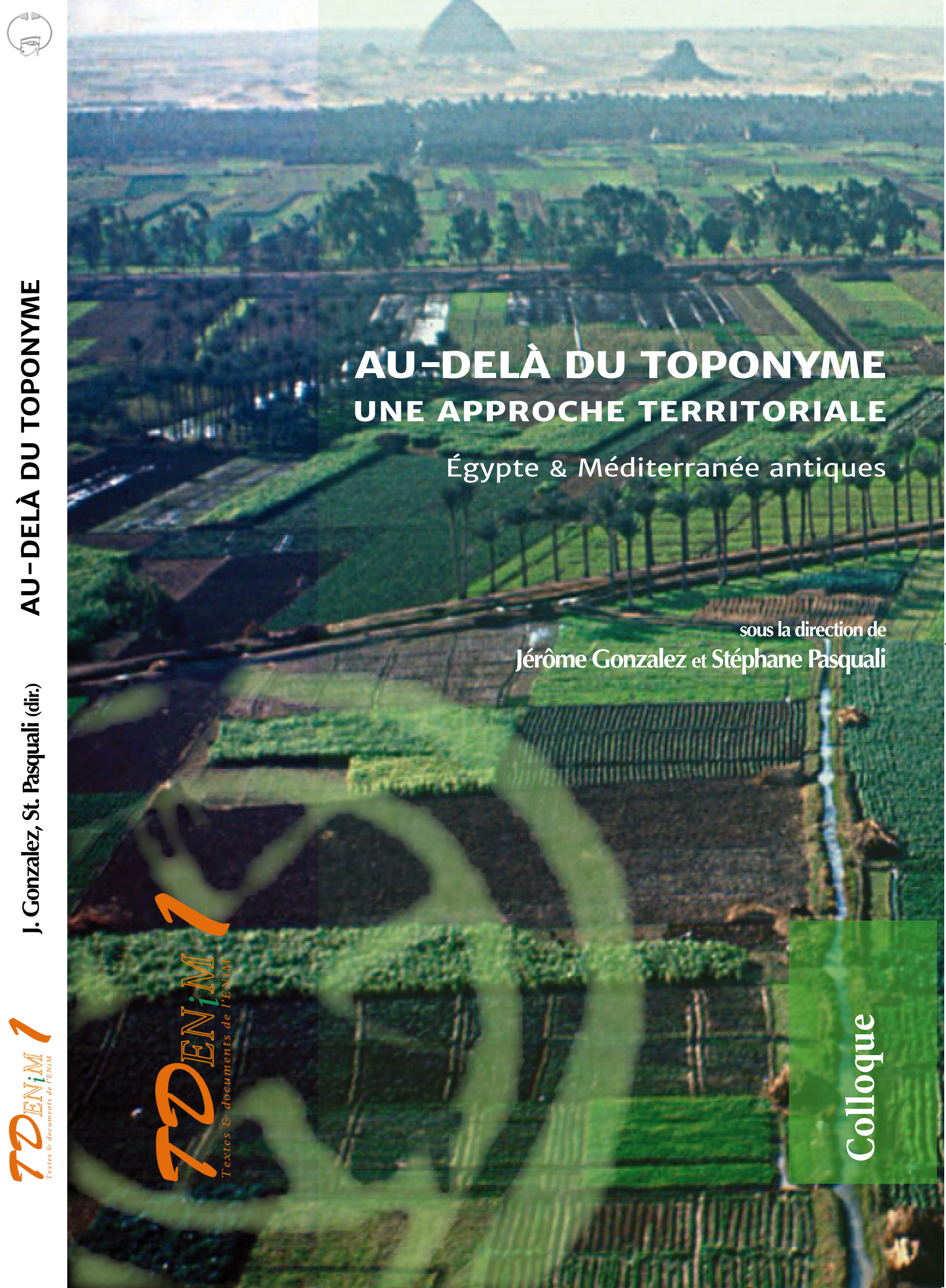
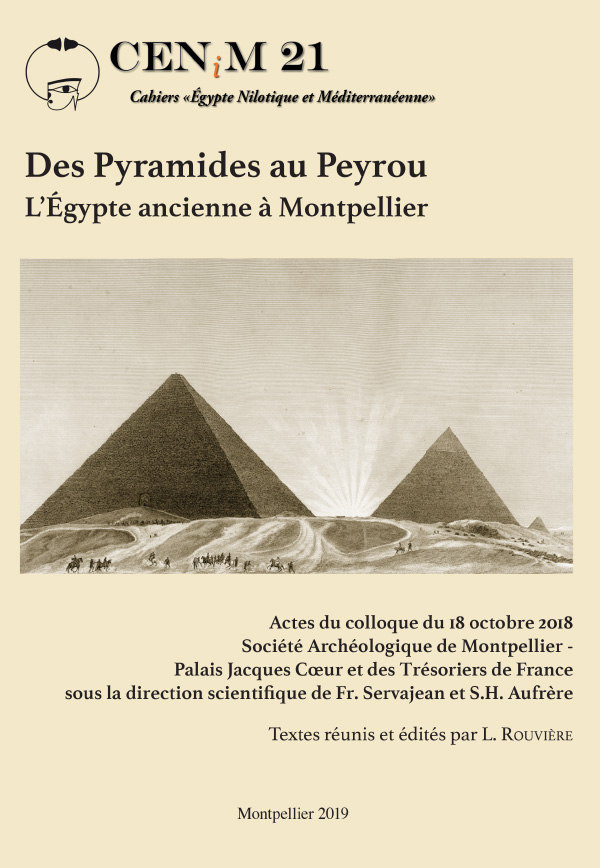
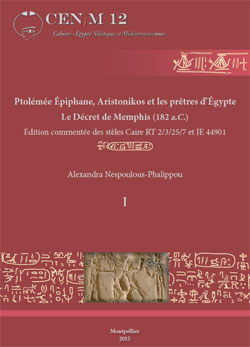


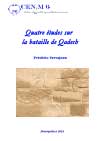
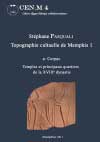
 Contact
Contact
 Abonnez-vous !
Abonnez-vous ! Équipe Égypte Nilotique et Méditerranéenne
Équipe Égypte Nilotique et Méditerranéenne UMR 5140 « Archéologie des Sociétés Méditerranéennes » (Cnrs)
UMR 5140 « Archéologie des Sociétés Méditerranéennes » (Cnrs) Université Paul Valéry - Montpellier III
Université Paul Valéry - Montpellier III